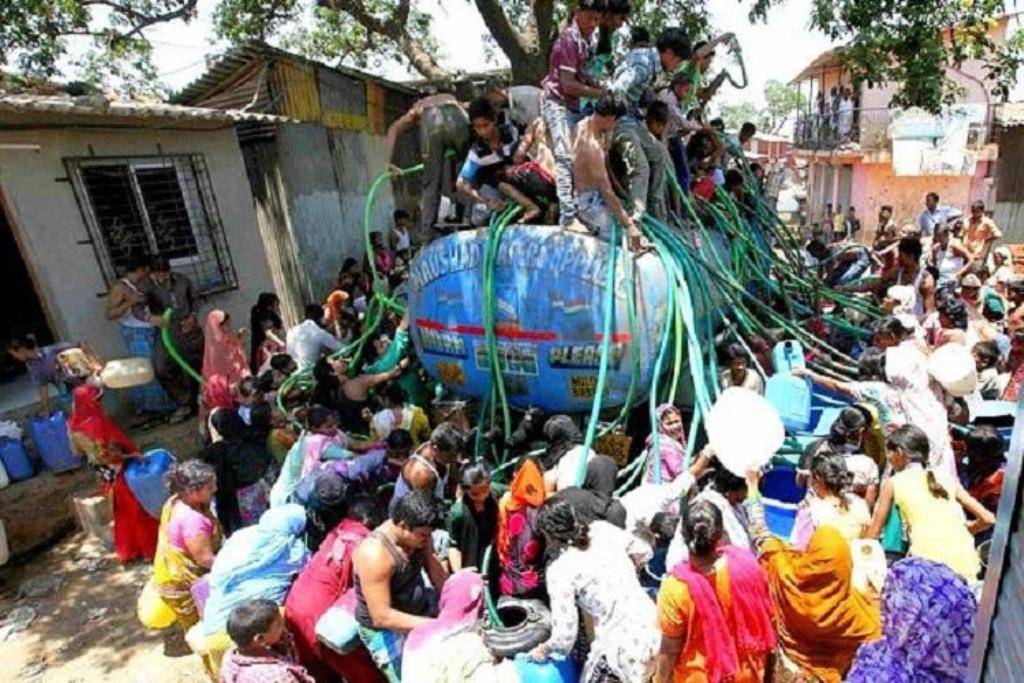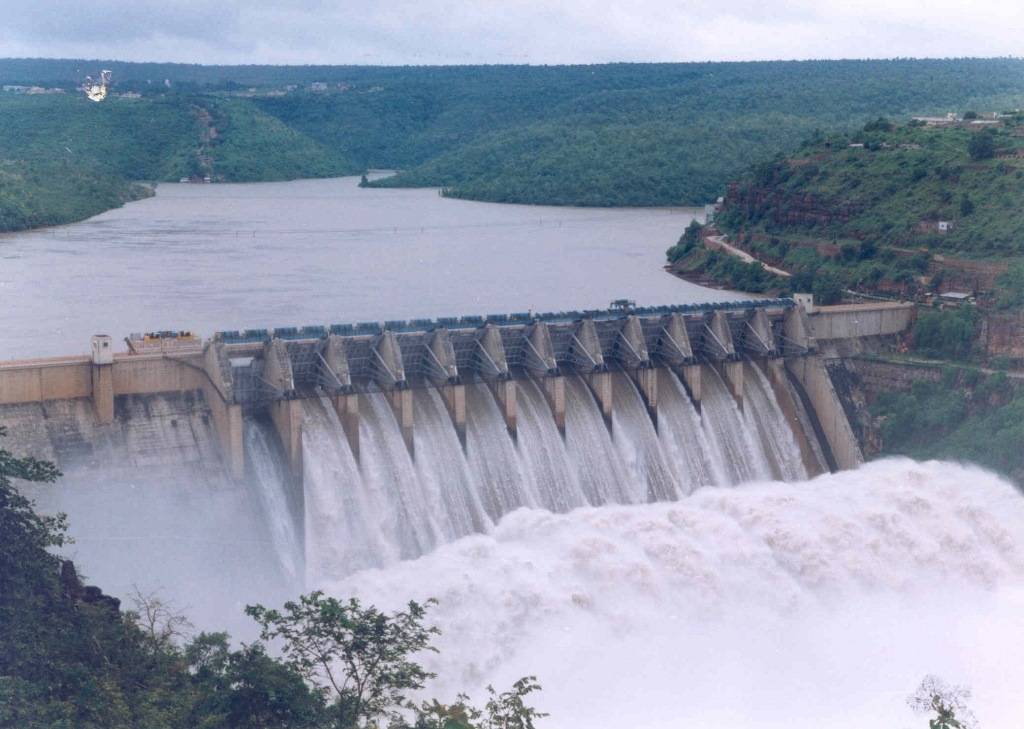
India is a federal democracy, and because rivers cross state boundaries, conflicts over the issue of sharing of river waters are a persistent phenomenon. Constructing efficient and equitable mechanisms for allocating river flows has been an important legal and constitutional issue. In extreme cases, it's going to hamper the connection between the various states. The recent cases of the Cauvery water dispute, Ravi- Beas water dispute, Tungabhadra water Dispute, Satluj Yamuna Link Canal and many more. Water Dispute is also an alarming point because many scientists and academicians think that the world’s next wars will be fought over water.
Water as a natural resource has always been central to human culture and civilization. History has it that all the major civilisations(Indus Valley civilisation, Mesopotamian civilisation) of the world and agriculture originated along with freshwater sources. The Indian culture treats water as a sacred resource and all the major rivers have been elevated to the status of Goddesses. With increased commercialisation and Industrialisation water in the 21stcentury is evolving as a precious natural resource over which states want to exert monopoly. No individual or for that matter state wants to do away with control over water and this has become a source of conflict within the Indian federation.
But, water that defies political boundaries has become a bone of contention for people across the boundaries. Most of the water disputes prevalent today in India have their roots in the colonial period. Cauvery River, for example, the dispute started in the year 1892 between the Madras Presidency and the princely state of Mysore, and it continues to date. Disputes recently arose include the building of SardarSarovar dam in Gujarat, the distribution of water in the divided states of Punjab and so on.
India doesn’t suffer from this problem alone most nation have this problem of the water dispute. Throughout the world, people have been at loggerheads as seen in protest of Egypt against Ethiopia building the renaissance dam or Iraq on the Turkish Ilisu Dam on Tigris River.
The roots of water disputes can be traced back to two factors i.e. State Reorganization and the Green Revolution.The reorganisation of states created a complex situation where old states were not willing to share water with the newly created states whereasthe Green Revolution greatly increased the demand for water. These two factors combined with thepoliticisation of water issue have created a very complex issue which has over the years resulted in ethnic conflicts and serious law and order problems. Various Inter-State Water Disputes Tribunals have been constituted so far, but it had its problems.

Water as State subject as per entry 17 of State List and thus states are empowered to enact legislation on water. But on other hand Article 262 in the constitution which empowers the President to establish Inter-State water Disputes Tribunal being and also states, “Parliament may by law provide for the adjudication of any dispute or complaint with reference to the utilization , distribution or control of the waters of, or in, any inter-State river or river valley. Under this provision an Inter-State Water Dispute Act, 1956 and River Boards Act, 1956 was created. The River Boards Act provides the establishment of rivers boards for regulation and development of rivers. Although water is a ‘state subject’, the Inter-State Water Dispute Act empowers the central government to set up an ad-hoc tribunal for adjudication of inter-state water disputes. On this line, eight tribunals e.g., the Krishna Water Disputes Tribunal (KWDT) were created.
The central government created a National Water Resources Council in 1983 and adopted a National Water Policy in 1987. The Council is supposed to meet once a year but this does not often happen. As far as coordination of river basin planning and management and effective water use is concerned, the Council has not had much impact. The result has been that India has failed to develop its water resources through integrated river basin development, and conflicts over rivers between States have become common and contentious.Further, Sarakria commission was set up in 1983 to examine and review the Centre-State relations. The commission in its report devoted a chapter to Inter-State Rivers suggesting recommendations to improve the functioning of the tribunals and empowering them. In 2002, the ISWD Act, 1956 was amended making the adjudication of tribunal time-bound and to have the same force as an order or decree of the Supreme Court.The basic function of such tribunal is to adjudicate on water disputes between two or more states but confusion regarding the finality of tribunals’ award has only increased the litigation process and as such, some water disputes have been lingering on over decades now.
Though Award is final and beyond the jurisdiction of Courts, either States approach Supreme Court under Article 136 (Special Leave Petition) or private persons approach Supreme Court under Article 32 linking issue with the violation of Article 21 (Right to Life). The composition of the tribunal isn't multidisciplinary and it consists of persons only from the judiciary. Thus there's not much difference in tribunal and Supreme Court Bench. Tribunals work gets delayed thanks to the shortage of availability of the information.

India has 2.4% of the World’s land, 18% of the planet population but only 4% of the renewable water resource. If sufficient steps aren't taken, the uneven water distribution will increase the likelihood of water conflicts. Inter-state river water disputes hinder the cooperative federalism of our nation and supply parochial mindset making regional issues superior to national issues. One should realise that our nation may be a family during which all states are its members. Inter-State Water Disputes (Amendment) Bill, 2017 for Dispute Resolution Committee and Single Permanent Tribunal is presented within the session of the Lok Sabha seeking to hurry up the interstate water dispute resolution.
This calls for our immediate attention to shift to sustainable practices such as rainwater harvesting, invest in research, adopt a scientific method of irrigation, install sewage treatment plants, stringent laws to curb discharge of effluents in water bodies and make judicious use of water.
South Africa with its National water Act which provides for a ‘reserve’ consisting of two parts- ‘Basic Human Reserve’ and ‘Ecological Reserve’. While the Basic Human reserve provides for the essentials of individuals, the Ecological reserve relates to water required to protect the aquatic ecosystems of water resources. We need to have a similar policy in India so that we take into consideration the interests’ of the other beings who are also a part of this ecosystem.
Apart from the lack of effective governance, the responsibilities also lie on the shoulders of the major stakeholders i.e., common citizens. Indiscriminate use of fertilizers, harvesting of water-intensive crops, discharging effluents in water bodies e.g., recent frothing in lakes of Bangalore, has depleted the level of groundwater and has rendered it unfit for use. If we take the example of Cauvery River, though Tamil Nadu has blamed Karnataka govt. for not discharging enough water to meet its agricultural demands, the fact is the river does not hold that much capacity of water.
So disputes must be resolved by dialogue and talks. Therefore, the political opportunism must be avoided. The issue is oftenresolved by discussing the dispute in Inter-State Council which maybe beneficial in providing a platform for the talks. Such disputes must be resolved as early as possible to ensure greater cooperation between the states as it will not impact on water only but agriculture will also be affected. Cooperation and not a competition between the states is the way forward.















